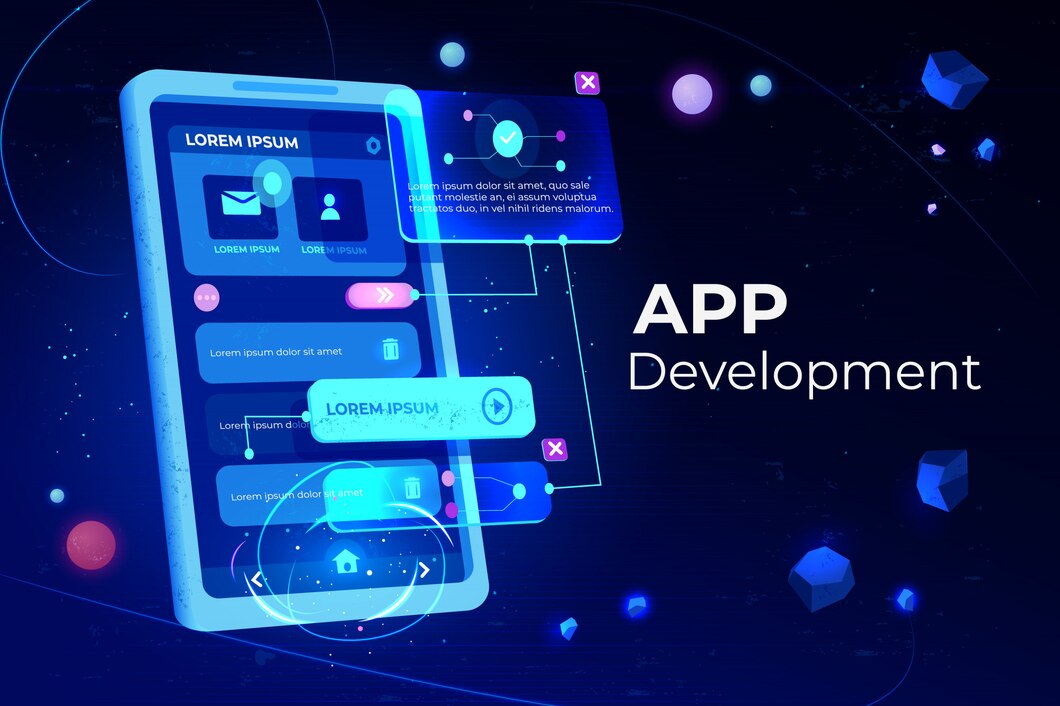Quality assurance in mobile app development has advanced to a greater level. Development teams today recognise the need to include quality assurance early in the development cycle. This is preferable rather than treating it as a final checkpoint. This approach is also known as shifting left. It transforms how development teams approach mobile app testing.
Organizations implementing this strategy report faster development cycles, reduced costs as well as improved product quality. Quality testing during development shows teams are changing their approach to application. Mobile app users now demand peak performance and stability, pushing teams to adapt their methods.
The Importance of Early QA in Mobile App Testing
Traditional application development often treats testing as a final step. Developers build the app, and QA teams test it afterwards. This approach has limitations. Late testing can uncover critical bugs that are expensive and time-consuming to fix. Notably, these issues can affect user experience and tarnish the reputation of the app.
Mobile app testing becomes proactive rather than reactive by integrating QA into early development sprints. Teams identify and address performance bottlenecks during development rather than after completion. This approach saves time, reduces costs, and improves user satisfaction.
The Evolution of QA Integration
Traditional development workflows often positioned QA at the end of the development cycle. This approach created bottlenecks, delayed releases, and increased the cost of fixing defects. Modern mobile app testing strategies integrate testing throughout the development process, starting from the planning phase.
Development teams now incorporate QA engineers in sprint planning meetings. These professionals contribute valuable insights about potential performance issues, security vulnerabilities, and user experience considerations. Their early involvement helps teams identify and address problems before they become embedded in the codebase.
Performance Testing in Mobile Development Sprints
Performance testing takes center stage in mobile app development. Mobile users expect apps to load quickly, respond instantly, and operate smoothly across different devices and network conditions. The integration of performance testing into development sprints allows teams to identify and address performance issues early.
Key performance metrics tracked during development sprints include:
- App launch time and initialization speed
- Response time for user interactions
- Memory usage and management
- Battery consumption patterns
- Network bandwidth utilization
Teams implement automated performance testing tools within their continuous integration pipelines. These tools run performance tests with each code commit, providing immediate feedback to developers about the impact of their changes on app performance.
Automated Testing Integration
Automation plays a central role in modern mobile app testing. Development teams integrate automated tests into their daily workflows, enabling rapid feedback and continuous quality assessment. Test automation frameworks execute thousands of test cases in minutes, providing comprehensive coverage that would be impossible to achieve manually.
Successful automation integration requires:
- Clear test automation strategies aligned with sprint goals
- Maintenance of test scripts alongside application code
- Regular updates to test cases based on new features and requirements
- Integration with continuous integration/continuous deployment (CI/CD) pipelines
Cross-functional Collaboration
The integration of QA into development sprints breaks down traditional silos between development and testing teams. QA professionals work directly with developers, sharing knowledge and best practices. This collaboration leads to better code quality and more efficient problem-solving.
Development teams benefit from QA expertise in:
- Test case design and implementation
- Performance optimization techniques
- User experience considerations
- Security testing methodologies
- Accessibility requirements
Sprint Planning and QA Integration
Sprint planning meetings now include detailed discussions about testing requirements and quality criteria. Teams define acceptance criteria that incorporate both functional and non-functional requirements. These criteria guide development efforts and ensure quality remains a focus throughout the sprint.
Mobile app testing strategies evolve with each sprint as teams learn from previous experiences and adapt to new challenges. The planning phase includes:
- Definition of testing scope and priorities
- Resource allocation for testing activities
- Risk assessment and mitigation strategies
- Selection of testing tools and frameworks
- Establishment of quality metrics and targets
Continuous Testing Implementation
Continuous testing practices enable teams to maintain high quality standards throughout the development cycle. This approach involves:
- Regular execution of automated test suites
- Real-time monitoring of application performance
- Immediate feedback on code changes
- Integration of security scanning tools
- Automated reporting of test results
Teams implement monitoring systems that track application performance in real-time. These systems alert developers to potential issues before they impact users.
Quality Metrics and Reporting
The integration of QA into development sprints requires clear metrics to measure success. Teams track various quality indicators throughout the sprint:
- Test coverage percentages
- Defect detection rates
- Performance benchmark results
- User experience metrics
- Code quality measurements
Regular reporting helps teams identify trends and make data-driven decisions about quality improvements.
Mobile-Specific Testing Considerations
Mobile applications present unique testing challenges that teams must address within their sprint cycles. These include:
- Device fragmentation testing
- Network condition simulation
- Battery consumption analysis
- Touch gesture verification
- Screen orientation handling
Teams maintain device labs or use cloud-based testing platforms to ensure comprehensive testing across different mobile platforms and devices.
Release Preparation and Quality Gates
Quality gates ensure that only thoroughly tested code moves through the development pipeline. Teams establish clear criteria for code promotion between environments:
- Unit test coverage requirements
- Performance benchmark thresholds
- Security scan results
- Code review completion
- Automated test pass rates
These gates help maintain quality standards while allowing teams to move quickly through their development cycles.
Future Trends in QA Integration
The integration of QA into mobile development continues to evolve. Teams explore new approaches and technologies to improve their testing processes:
- Artificial intelligence for test optimization
- Predictive analytics for quality assessment
- Advanced automation frameworks
- Real-user monitoring systems
- Performance optimization tools
These advances help teams deliver higher quality applications while maintaining rapid development cycles.
Conclusion
The integration of QA into mobile app development sprints represents a significant advancement in application development practices. This approach improves product quality, reduces development costs, and accelerates time to market. Teams that successfully implement these practices position themselves to deliver exceptional mobile applications that meet user expectations for performance and reliability.
The shift left movement in QA continues to transform how teams approach mobile app development. By embedding quality practices throughout the development cycle, organizations create more efficient processes and deliver better products to their users.
Also Read: AzureWave Technology: Understanding Its Role, Devices, and Applications


